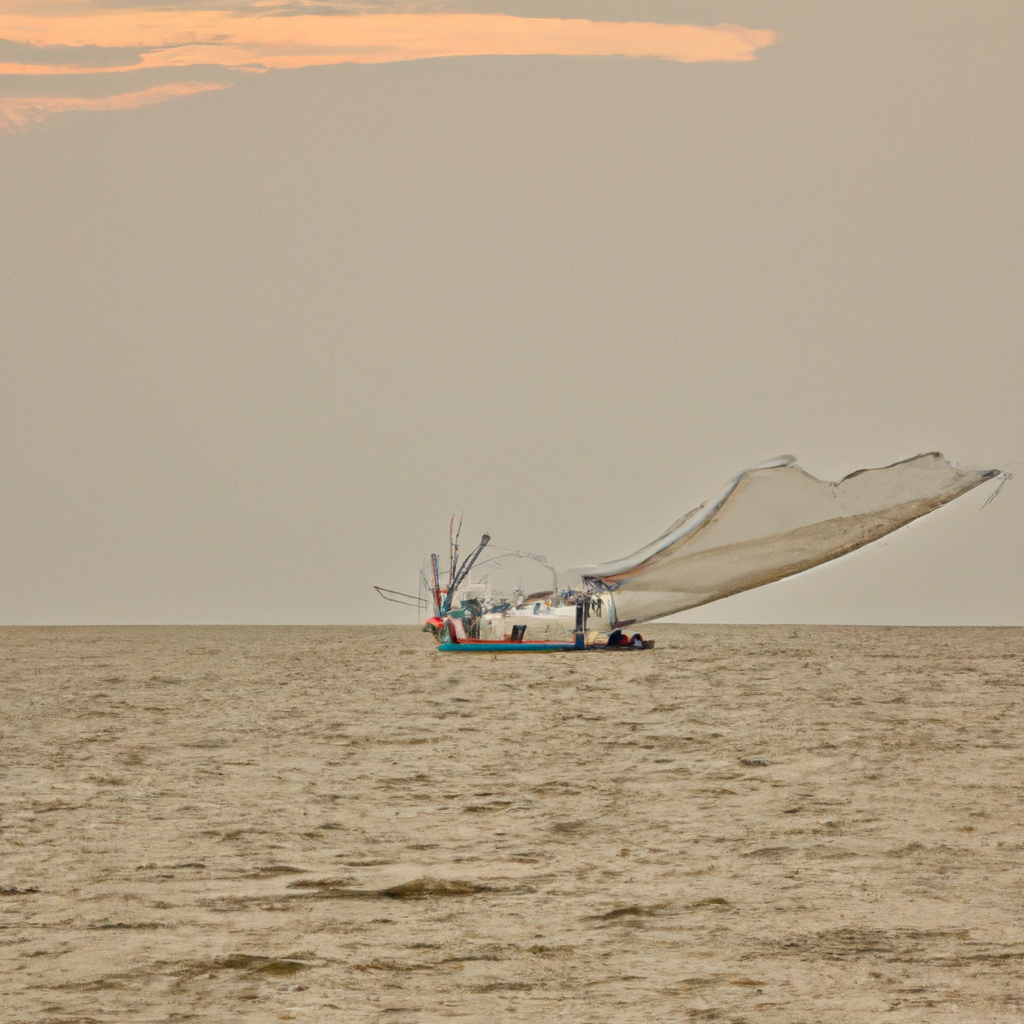Forecast fishing is a way to improve your chances of catching fish by predicting future conditions. Forecast fishing is a practice that uses weather, water and other conditions to predict fish behavior and increase the likelihood of a catch.
Forecast Fishing: It’s Important
Forecast fishing is a very important aspect of fishing. It can help anglers to make better decisions about their fishing trips. Anglers can increase their chances of catching big fish by using the right forecasting techniques and tools. They can also avoid wasting resources and time on unproductive trips.
How do you start with forecast fishing? Let’s look at some key factors.
Factors affecting fishing conditions
Before we get into the specifics, it is important to understand what factors influence fishing conditions. These factors include:
Weather
Weather conditions are crucial to fishing success. Temperature, wind speed and air pressure are all factors that can influence the behavior of fish, including how they move, eat and respond to bait. For example, a high air pressure may cause fish to become lethargic, and less likely bite, while a low air pressure may trigger a feeding frenzy.
Water Temperature
The water temperature is also a key factor in fish behavior. Understanding the temperature preferences of different species of fish can help you determine when and where to cast your line.
Water Depth
The depth of water in which you are fishing can also affect your success. Understanding the depth preferences of your target fish can help you narrow your search.
Barometric Pressure
The barometric pressure is an indicator of atmospheric pressure that can be used to predict the behavior of fish. Low barometric can indicate an approaching storm, which can trigger feeding in some fish species. High barometric pressure, on the other hand can make fish less active.
Moon Phases
Moon phases can also influence fishing success. Many anglers think that fish are more active at certain moon phases such as new and full moons. Although the scientific evidence is not conclusive to support this theory, it’s still worth considering when planning fishing trips.
Tools and Techniques of Forecast Fishing
After we’ve discussed the different factors that influence fishing conditions, let us take a closer look at the tools and techniques available for forecast fishing.
Weather Apps
Apps that provide weather information can help anglers make better decisions on when and where they fish.
Water Temperature Gauges
You can use a water temperature gauge to measure the temperature in the water that you’re fishing, and determine if the conditions are right for the species that you’re targeting.
Sonar and fish finders
You can use sonar and fish finders to locate schools of fishing and determine their behavior and depth. This information will help you decide the best bait to use and the technique to catch the fish.
Moon Phase Calendars
Moon phase calendars are a great way for anglers to keep track of the best fishing time based on the phase of the moon. This is not a foolproof way to plan your trip, but it can give you some guidance.
Put Forecast Fishing into Practice
How can anglers increase their chances of catching big fish by using forecast fishing? Here are a few tips:
Be Prepared
It’s important to research and prepare yourself for the conditions that you may encounter before heading out on your fishing trip. This includes checking the weather forecasts, water conditions and selecting the right bait and equipment for the species that you are targeting.
Track Your Results
Keep a record of all your fishing trips, including the conditions you encountered. This will help you identify patterns over time and improve your forecasting skills.
Stay Flexible
Forecast fishing can help predict fish behavior. However, conditions can be unpredictable and fish may not always behave as expected. You can be successful in the long run by being flexible and willing adapt your approach to changing conditions.
Conclusion
Forecast fishing is a great tool for anglers who want to increase their chances of landing a big fish. Anglers can increase their chances of success by understanding the factors that influence fish behavior, and using the appropriate tools and techniques. Remember to pay attention to the weather, water temperature and the phase of the moon the next time you go out on the water. You never know what big catch you might find.




